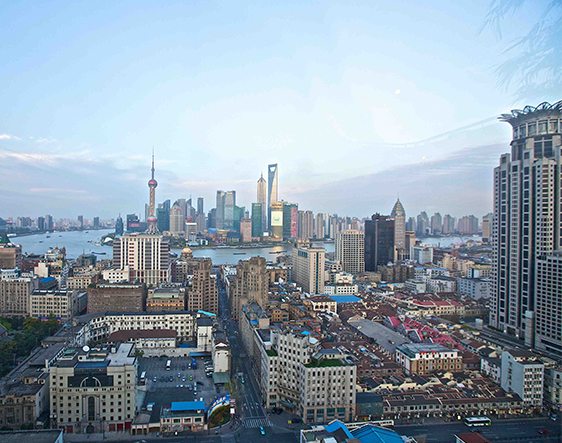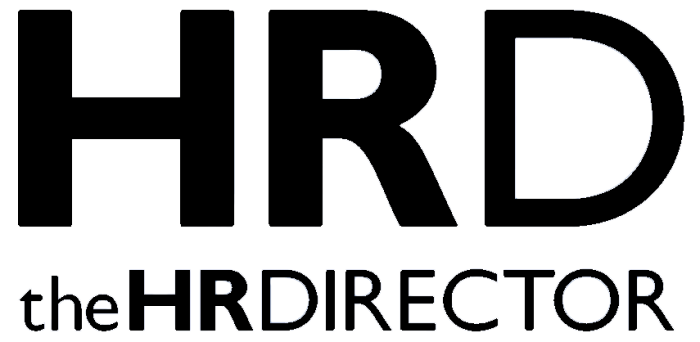The overall GDP figure disguises problems at the regional and industry level. Slow growth is not the problem, but uneven growth is the biggest challenge facing the government, as it is likely to result in an unstable or disharmonious society. Contributor Qing Wang, of Warwick Business School, is Professor of Marketing & Innovation and researches Chinese businesses.
China’s economic growth has further widened the inequality between regions, some advanced regions such as the Yangtze river triangle (Shanghai, Zhejiang and Jiangsu) and the Pearl river triangle (Shenzhen, Guangzhou and Hong Kong) are continuing strong growth and the living standard is getting closer or even surpassing developed countries.
But a significant number of backward regions such as the Northeast and Southwest region of China are lagging further behind without strong differential advantages. The new engine of growth includes the government strategy of ‘one belt, one road’, which may be the hope for these backward regions to grow, and several of them in the western part of China, including Sichuan and Guizhou provinces, have started to show some improvement because of this new strategy.
The debt is a big problem, as it has ballooned and is now equivalent to 234 percent of the country’s total output, according to the IMF. Many of these debts are from local governments or state owned enterprises (SOEs).
The Government controlled banks have finally decided that enough is enough and are no longer willing to write off the debt. This means we will see some tough measures to control debt problems for both SOEs and local governments, this will further enlarge the inequality between advanced and backward regions.
Overall, as far as ordinary Chinese people are concerned, there are positive developments going forward, including an improved welfare system; improved air quality in cities due to China’s strict anti-pollution measures, which were introduced across 28 cities last year; highly advanced e-commerce structure, and transportation infrastructure.









